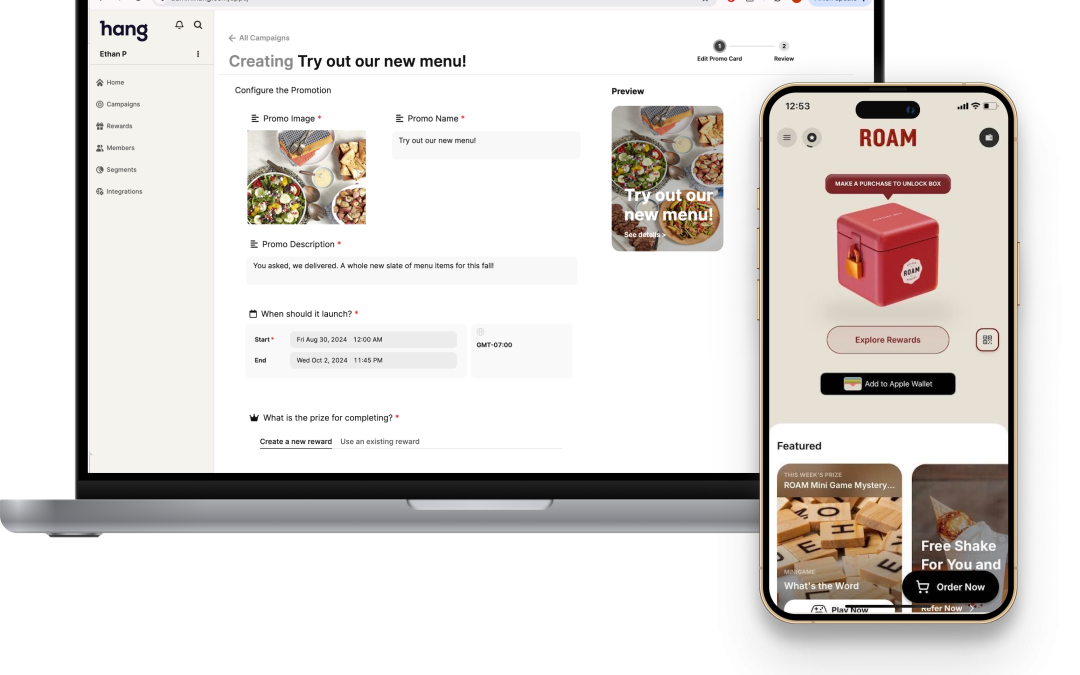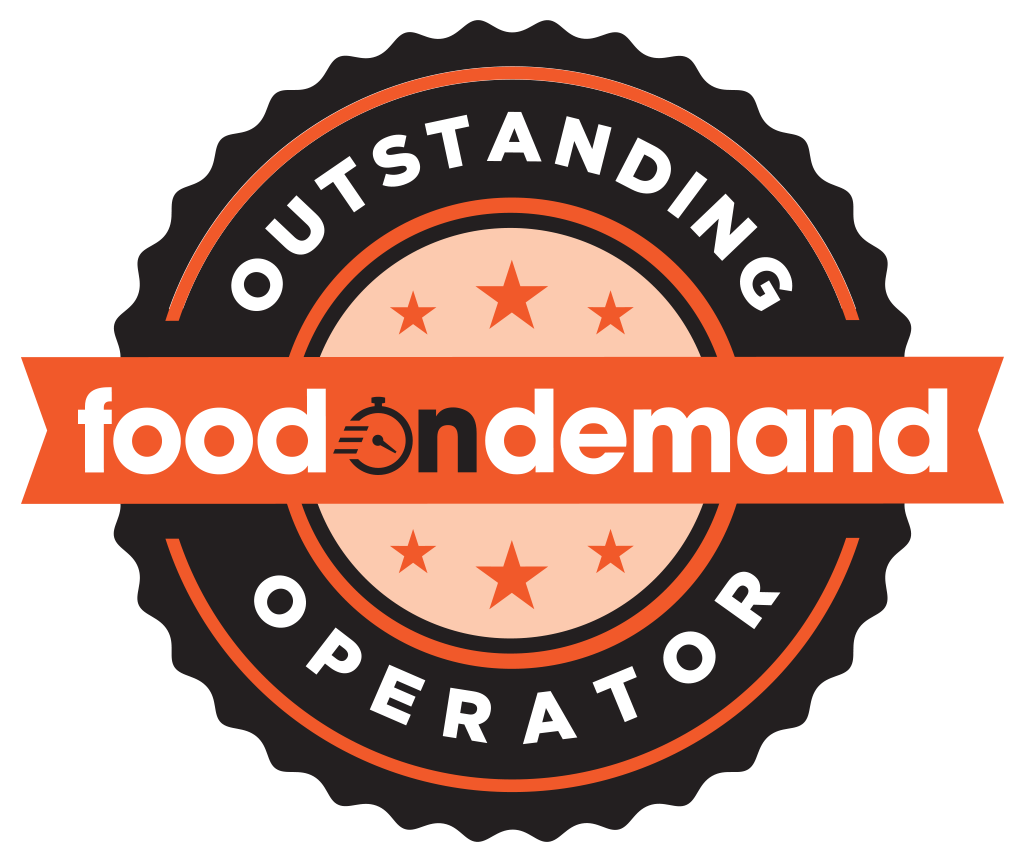Spend any time with a restaurant operator who uses third-party delivery and you will hear the same thing: we wish we could get the names of the consumers. The provided data is generally just demographic. But Matt Smolin, who runs Hang, a brand loyalty and membership platform company, is all about personalization. And he says he can get you the names.

Matt Smolin, CEO of Hang
“We have architected a way to get data so when users opt into our product within a brand’s portal or app or website, we can integrate with a third-party delivery provider and analyze the transactions,” he said. “We are able to reconcile order information so brands know who is doing the ordering. That’s a huge value. We’re the only platform that can attribute third-party delivery orders.”
As Smolin sees it, this is a win-win-win: for operators, consumers, and the providers.
“What can happen is a brand might think a consumer has stopped ordering from it, so it sends an offer. But as it turns out the consumer has been ordering through it, through a third-party delivery provider, which it didn’t realize. So it ends up sending an offer for no reason,” he said. “We help restaurants better understand their consumers and be more efficient with their marketing spend.”
Smolin’s big thing is treating consumers as individuals. The days of a restaurant offering blanket rewards in the form of points and maybe a free cookie are over.
“That’s a system that’s been around restaurants forever,” he said. “You have to make your loyalty program more exciting and interesting.”
Go for the Gold
Smolin has an exciting and interesting idea and it’s something right out of Pirates of the Caribbean: a digital loot box.
“We brought that to the industry and it’s an incredibly valuable tool,” he said. “A loot box is the number one driver of action in all games. You beat the level, you come back to the app, you get this little treasure chest that you open and you win all kinds of different things. It’s basically a slot machine. Every time you come to the restaurant, you get a gift box. The more money you spend, the bigger it gets. You don’t have to think about math or points or anything. Simple, right?”
To Smolin perhaps. He loves data, as do his 30 colleagues. They are analytics assassins. They love to work with data sets. They can look at 100 customers who haven’t made a purchase in the last six months, but who have made a purchase in the last year, and design a program to bring them back. But not with a one-size-fits-all offer. “We can pull in 50 different offers based on a user’s preference history, “ he said.
In the past that might require a tech head like Hang pouring over a spreadsheet. But not anymore. Not with AI.
“If you and I were to look at data we might see correlations, but because we have a machine doing it, it can weigh all the factors at scale,” he said. “So regardless if a brand has 50 million customers or 5 million, it can do the analysis and pick the right offer for each user. That helps an operator be more personalized with their offers and increase conversion, while reducing the cost on the offers.”
His company works with operators like Boba Guys and Roam Burgers. For them and others, he solves for a thorny conundrum: the price of customer acquisition. “It just keeps going up,” he said. “That makes finding ways to bring more value from existing customers so important. You need engaging tools to do that.”
Make It Fun
What Smolin has found is that the stickiest loyalty programs aren’t in restaurant redemption but in mobile games and social apps. This would seem mostly the domain of young consumers. But Hang pushes back on this. He doesn’t think Gen Z is the only group that loves games.
“Do you know what the demographics are around Wordle?” he asked. “Middle-aged women. Same with Candy Crush. More Candy Crush players are middle-aged women than young men.”
Smolin gives an example of the kind of game he can build for restaurants.
“We’ll offer a question and give three guesses. If you don’t get it right in three guesses we’ll say, Go down to the restaurant and we’ll unlock two rows for you. That feature alone has increased spend for some clients by 10 percent,” he said. “It’s just more fun for everybody.”


